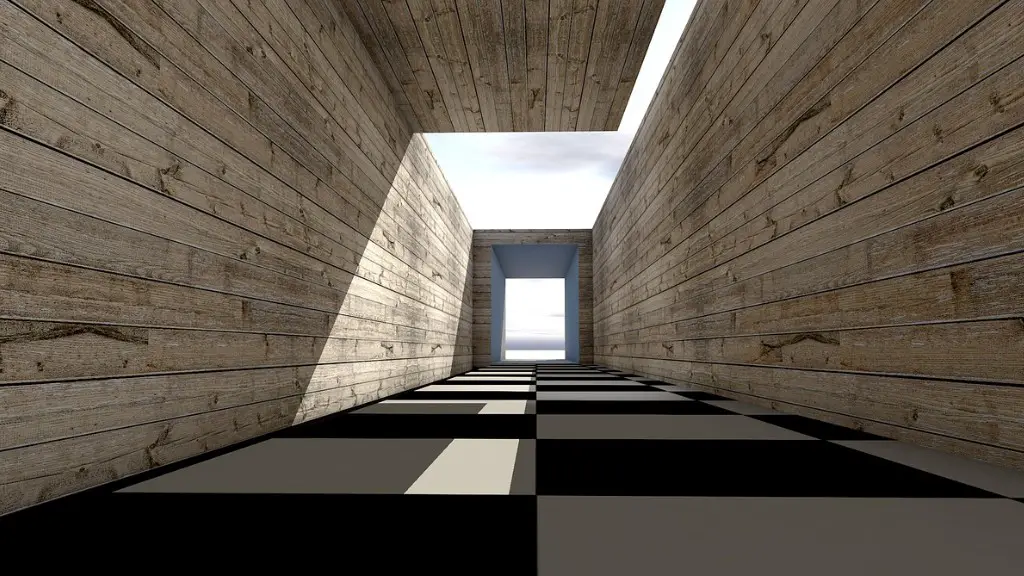The significance of architecture should not be overlooked. Architecture is an integral element of global progress and is particularly vital for developing countries and those undergoing large-scale transformation. It has evolved throughout history, and continues to spark conversation in the modern world.
Today, architects design with a large range of stakeholders in mind. For example, sustainability is a major factor, as is the mindful utilization of resources. From tall buildings to public squares, and from residential towers to high-traffic streets, many aspects of life and industry are influenced by architecture.
Architecture exists and transitions on a large scale in order to accommodate the growing needs of individuals, communities, and cities. By taking a holistic approach to the design of a space, an architect can bridge the gap between function and form. Architects are involved in a range of responsibilities, from developing structures to overseeing construction.
Architecture also has an emotional and sociological impact on its viewers. An architect plans and considers different aspects of a space to achieve the desired outcome. This plan is not just physical but enhanced by the subtle nuances in form, materiality and the surrounding conditions.
When talking about the importance of architecture, much of the focus is on the economic benefits it brings. The buildings we occupy can have a major impact on the economy, enabling some cities or countries to succeed or fail. Architecture also plays an important role in impacting the quality of life for people living in different areas. Studies have linked the presence of green buildings with increased mental and physical wellbeing, while efficient public transportation systems can result in better air quality and lower rates of vehicle-related accidents.
Architecture brings a unique and captivating vision to communities and cities. It provides a platform to share ideas, promote inclusion, and create new communities or connections. In the way of landmarks or monuments, architecture adds an identity to a community, instilling it with its own culture and heritage. Furthermore, it serves a practical purpose in providing shelters, allowing us to experience and explore the world in new ways. From a spiritual perspective, its intricacies translate into meaningful designs that reflect our relationship with the natural environment.
Architecture has changed the way we observe, interact, and relate to the world. Its progressive designs, combined with its rich history, often shape our outlook on the future. Less obvious areas such as technological advancements, public safety and health initiatives, and community engagement platforms, are all possible through architecture.
Connectivity through Buildings and Structures
Good architecture should be able to foster greater connectivity and provide a platform for free flow of communication. This can be observed through a combination of design components that take into account the physical layout, visibility, and accessibly to different people, with structures that encourage social interaction and leisure activities. This creates an environment that allows for human expression and creativity to grow, engaging with people from diverse backgrounds, offering each person a sense of belonging to a community. Moreover, this modern approach is playing an integral part when considering the importance of maintaining mental wellbeing.
Designs that aim to combat issues like cultural segregation, inter-generational divides, and safety problems are on the rise. For instance, infrastructure that promotes public transportation, walkability, and allows for the integration of public spaces allows for communities to come together and benefit from economies of scale. Now more than ever, architects are being called upon to design with accessibility, inclusion and sustainability in mind.
Architecture has also been used to build bridges between different cultural and national communities. For example, cities around the world have created architecture to celebrate their diverse populations, fueling an inclusive atmosphere for all. By providing a platform for collaboration and interaction, architecture is allowing different cultures to learn from one another and enhance the culture of their cities.
Architecture, Preservation and Sustainability
The preservation of important architecture can help reduce the environmental impact of various projects. For example, when existing structures are preserved and rearranged, instead of having to build from scratch, it can help conserve raw materials and energy. Furthermore, through thoughtful renovations and maintenance, structures can be adapted for new purposes, increasing the longevity and sustainability of a building.
The use of recycled materials, design techniques, and eco-friendly materials can help minimize the environmental impacts of a project. Many architects now employ the combination of these techniques in order to create a more sustainable and ecologically friendly space. Additionally, the incorporation of green technologies such as solar panels, green roofs, and rainwater collection systems are changing modern architecture, making buildings more efficient and cost-effective.
The principles of biophilic design have been key in helping architects understand the importance of nature when designing and constructing buildings. Through the use of natural materials and earthy tones, biophilic design is able to connect the interior and exterior of buildings, providing a better understanding of nature and its place in the built environment.
In addition, architects can also promote the preservation of natural wildlife, vegetation, and habitats by incorporating nature-friendly materials into the design, without compromising the quality. This allows eco-system to exist in harmony within the urban landscape, while minimizing the long-term effects of development.
Architecture, Innovation and Progress
Architecture and innovation go hand in hand. Architects continue to push the boundaries of what is possible with modern design, incorporating new technologies, architecture and materials. Every structure, from small scale residential houses to large scale projects, will benefit from the use of modern materials and cutting-edge technologies.
Further, as technology advances, so will architecture, and creative solutions will emerge. For example, 3D printing, virtual reality applications, and the use of artificial intelligence can be interfaced with architecture to create distinctive designs. By utilizing these new tools, architects are able to create more efficient and cost-effective results. As sustainable resources become more available, architects will also be able to build smarter buildings that use less energy.
Finally, architecture has been used to create inspiring spaces that stimulate learning and creativity. By incorporating digital networks and interactive technologies, many buildings are now being used as incubators of innovation, allowing people to collaborate and explore new ideas. These hubs are empowering individuals, creating a sense of identity, ownership, and understanding the future of architecture.
Digital Architecture and Networking
The internet has allowed architects to connect with colleagues and clients in a much more efficient way. New digital tools such as Building Information Modeling (BIM) are transforming the way architectural designs are created, communicated, and presented. By integrating technology into architecture, many buildings have become interactive and engaging, further expanding the realm of possibilities for designers.
3D printing technology is also being utilized to create intricate and detailed structures that were once thought impossible to build. The flexibility and speed of this technology makes it easier for architects to present ideas in visual form, which often enables stakeholders to bring their projects to life.
The use of Augmented Reality (AR) and Virtual Reality (VR) technologies has also offered a unique way to experience architecture before it is built. These technologies are giving architects the ability to showcase their designs in a much more engaging way than ever before. With the advent of these technologies, architects are now able to easily visualize different components of a structure and make changes or modifications before construction begins.
Architectural models and simulations can be used to test the behavior of a building in different conditions, providing insights on how it will perform in the future. This helps architects to understand the implications of their design decisions and respond to changes in the environment or climate.
Conclusion
In conclusion, architecture matters as it is an essential element of progress and development. It not only influences our economic wellbeing, but also shapes our perspectives and understanding of the world. Architects are continually finding new ways to combine form and function, technology and sustainability, making our lives more convenient, rewarding, and ultimately, more meaningful.





